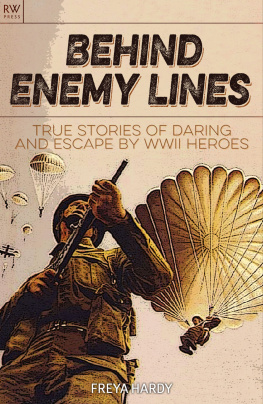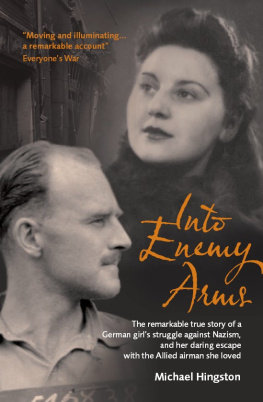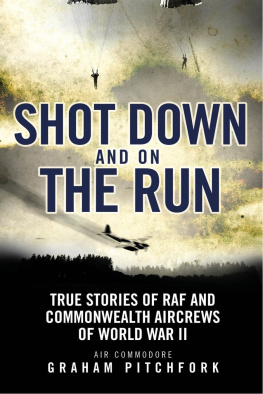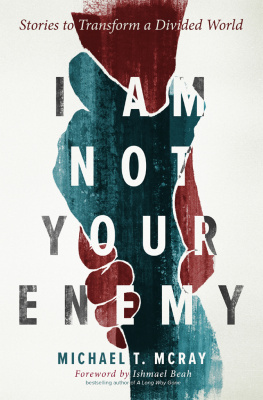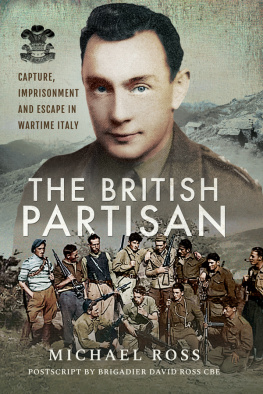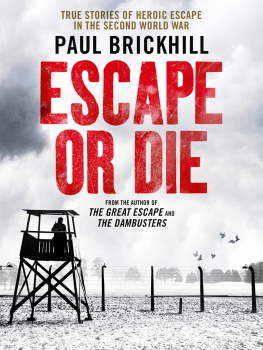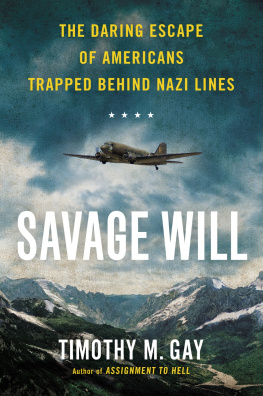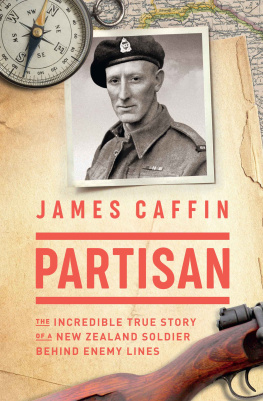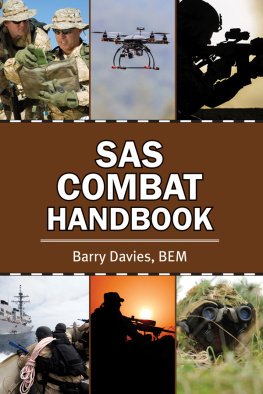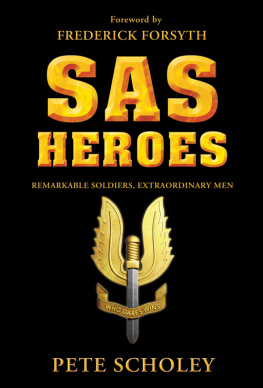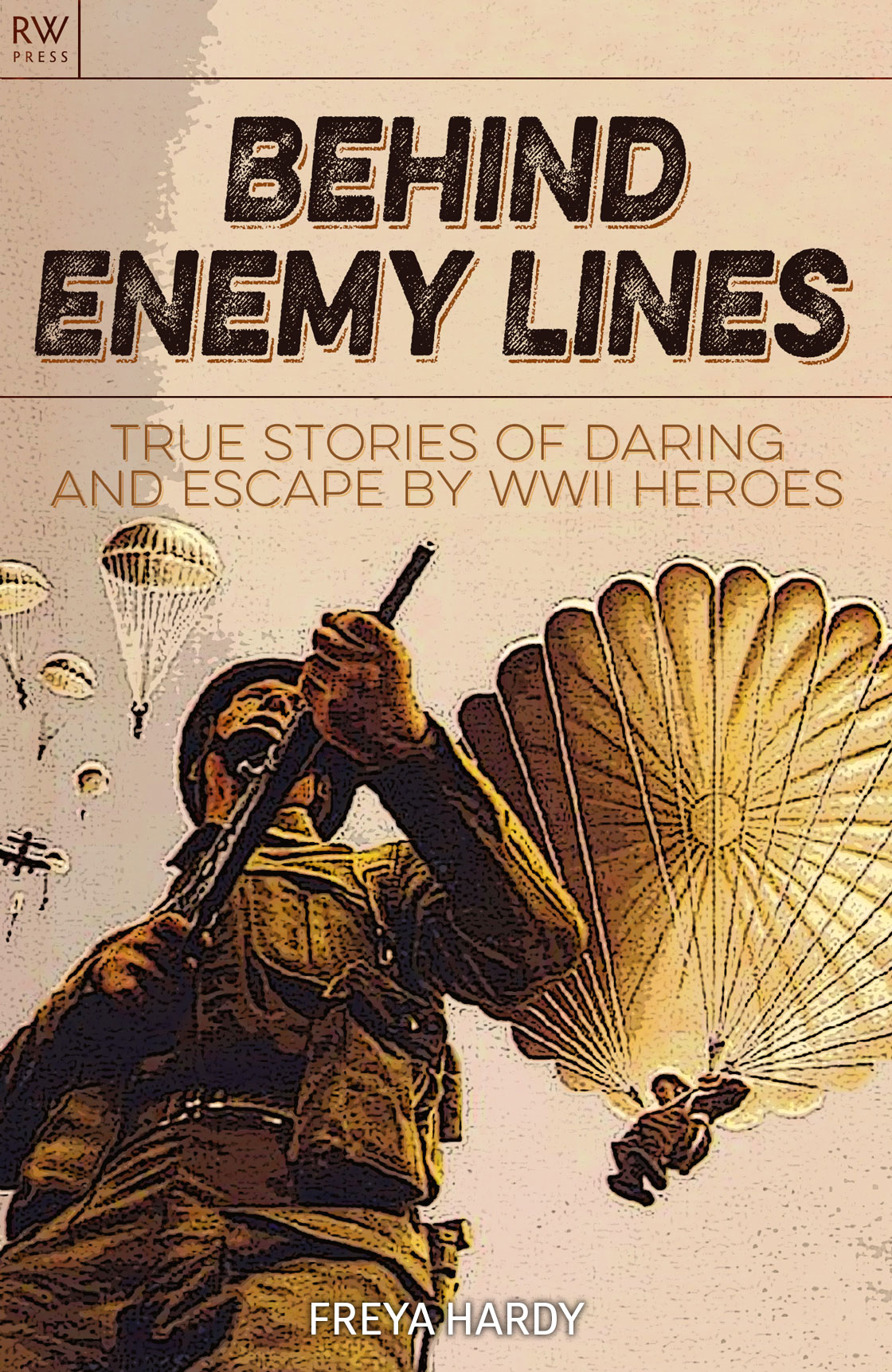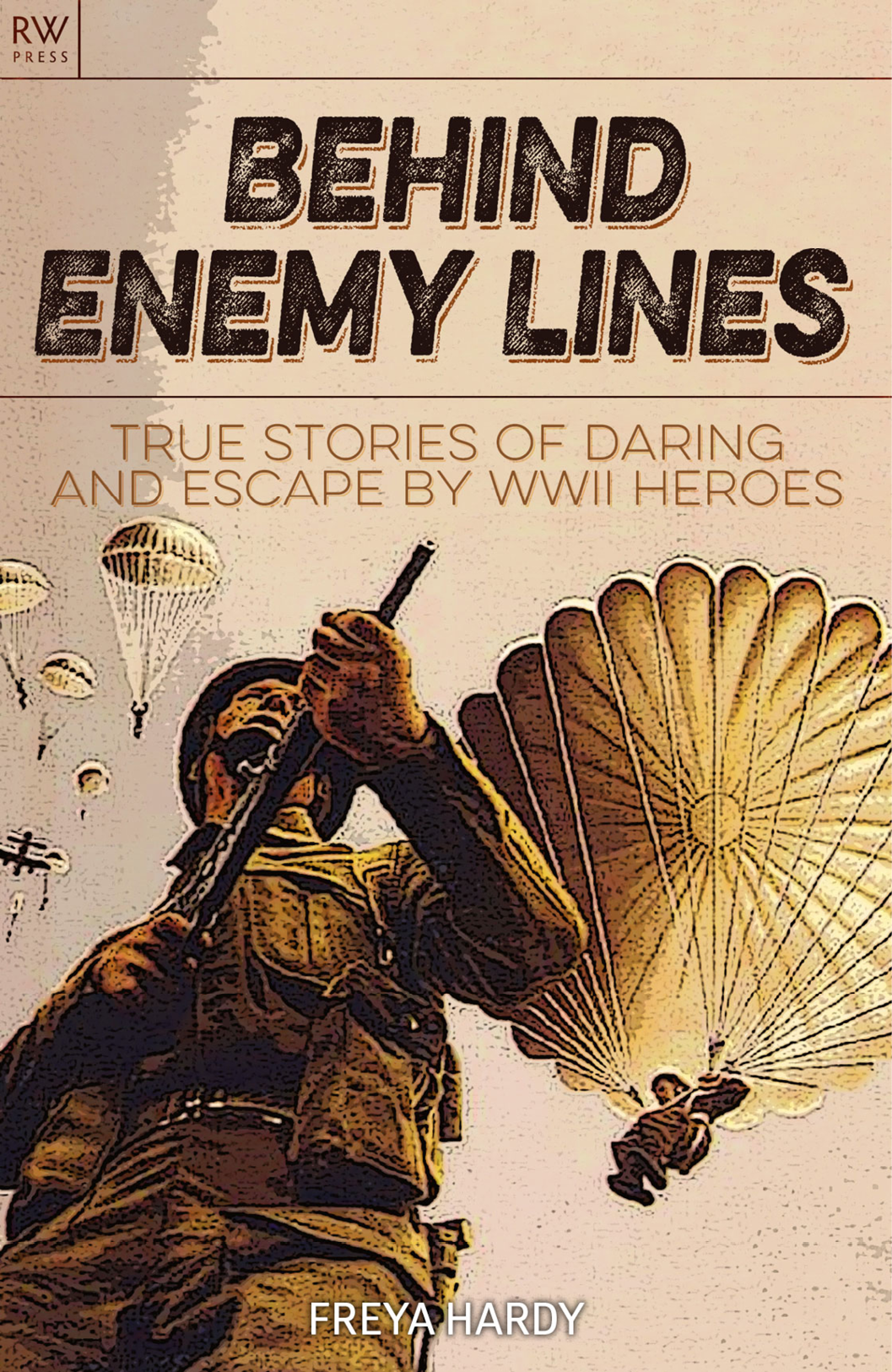

2014 RW Press Ltd
This 2014 edition published by RW Press Ltd
All rights reserved. No part of this publication may be reproduced, stored in a retrieval system, or transmitted in any form or by any means, electronic, mechanical, photocopying or otherwise, without the prior permission, in writing, of the publisher.
The views expressed in this book are those of the author but they are general views only, and readers are urged to consult a relevant and qualified specialist for individual advice in particular situations. The author and RW Press Ltd hereby exclude any liability to the extent permitted by law, for any errors or omissions in this book and for any loss, damage and expense (whether direct or indirect) suffered by a third party relying on any information contained in this book.
Although every effort has been made to trace and contact people mentioned in the text for their approval in time for publication, this has not been possible in all cases. If notified, we will be pleased to rectify any alleged errors or omissions when we reprint the title.
ISBN: 9781909284371
RW Press Ltd
www.rwpress.co.uk
RWPress@live.co.uk
More titles from RW Press

Discover more at www.rwpress.co.uk
CONTENTS
Introduction
Millions of Allied soldiers were captured and imprisoned behind enemy lines during World War II. For the most part, their treatment was governed by The Geneva Convention; a document formulated in 1929, in Switzerland and signed by the major Western powers including Britain, Germany, Italy and the US. In general, Germany and Italy treated their prisoners from France, the US, Britain and the Commonwealth in accordance with the Convention. The Germans were even obliged to treat Jewish prisoners who wore an army uniform from one of these countries humanely, so they were not subjected to the horrors of the concentration camps.
While all POWs in these prison camps suffered from malnutrition as a result of the scarcity of food, Allied prisoners of war were treated far better than their Russian counterparts. Ordinary soldiers were made to work, but they were compensated for their labour. Officers were exempt from work, and so played sport, put on plays, joined an orchestra, published newspapers, learned a language, or as we shall see planned escape missions anything to pass the time and evade the torturous boredom of captivity.
The Soviet prisoners, on the other hand, were treated like animals by the Germans, who saw the Slavic race as subhuman. The Soviet Union had not signed the Geneva Convention, and the Germans used this as an (invalid) excuse to subject Soviet prisoners to brutality and neglect. During the course of the war the Axis powers took 5.7 million Soviet prisoners. A total of 3.3 million died before ever again experiencing freedom. In contrast, 232,000 Western Allied prisoners were taken by the Germans, and only 8,348 died in the camps.
It should be noted that the Soviet Union, for their part, also treated their prisoners disgracefully. Of almost 100,000 Germans captured during the Battle of Stalingrad, barely 5,000 lived to tell the tale. Many German POWs found themselves sent to the Gulags an established network of forced labour camps in deepest darkest Russia. There, people were simply made to work until exhaustion, hunger, disease or the freezing conditions or more usually a combination of all of these killed them. Whether anyone could have escaped the gulags and managed to make it to safety is still a matter of intense debate by historians.
Pacific Prisoners
Of course, the war wasnt only happening in Europe and Eurasia. Allied soldiers in the Pacific theatre feared capture by the Japanese, and as well they might. The Japanese had signed, but never ratified, the Geneva Convention, and so were not bound by it. To make matters much worse, the Japanese viewed surrender as dishonourable. As far as they were concerned, a surrendered soldier was little more than an animal. Prisoners of war from China, the United States, Australia, Britain, Canada, India, the Netherlands, The Philippines and New Zealand who were held by Japanese forces faced forced labour, rampant disease, a neglectful lack of medical treatment, medical experimentation, beatings, beheading, torture, starvation rations and even cannibalism. The death rate for a Western prisoner in a Japanese prison camp was seven times that of POWs in German or Italian camps. And of course, escape, for a Caucasian male, was made vastly more difficult by the fact that he stood out like a sore thumb, and so could not disguise his identity the way he might have in Holland, or Belgium.
And yet, escape they did, albeit in very small numbers. It can be hard for us to imagine what men like William Dyess might have felt as they slashed their way through virtually impenetrable Filipino jungle in flight from the Japanese. Did they feel fear? Or were they simply so traumatized by what theyd seen during the death marches and at the camps, that any kind of death-on-the-run seemed preferable to the many horrors theyd left behind?
Things were very different for the Allied soldier in a European camp. Yes, the prisoners were hungry, but more or less everyone was hungry more or less everywhere. They were not being treated unkindly, and escape came with the risk of being shot, so the majority of ordinary soldiers felt the sensible option was to sit out the rest of the war and wait for the fighting to be over. Others, especially officers, considered it their patriotic duty to try and escape, and so they did, risking life and limb in the process.
Vast support networks were established to aid these daring escapes, from government departments like MI9; the British Directorate of Military intelligence, which was set up to help resistance fighters in enemy territory to recover Allied servicemen trapped behind enemy lines, right down to brave individuals like Jean Moulin, whose role in uniting factions of the French resistance saw him tortured and killed by Gestapo boss Klaus Barbie in 1943. This network relied entirely on extreme secrecy, personal ingenuity and profound individual bravery. The escaped prisoners themselves relied chiefly on three things: meticulous preparation, pluck and good fortune. They needed all of these, luck maybe most of all, if they were to stand any chance of making it home.
In lots of ways getting over (or under) prison camp walls was the easy bit. Once free of the guards an escapee faced a long and treacherous journey, usually on foot, or by train, with little food or respite, surrounded by enemy search parties and eagle-eyed civilians willing to turn them in at a moments notice.
The men in this book are heroes in the truest sense. They came from many nations and from all kinds of backgrounds. Some, like Tommy Macpherson, were marked out for greatness from the very beginning. A blue-blooded Oxford graduate, trained in hand-to-hand combat, safe blowing, lock breaking and shooting its really no wonder he saw the chance to put his skills into practice and grabbed it with both hands. Others, like the indomitable Andy Coogan, were born in abject poverty, but brought such extraordinary grit and determination to the table that there really was no keeping them down. For him, just surviving the war was the best form of escape. Their stories have everything: drama, action, subterfuge and triumph over adversity. Behind Enemy Lines explores the best of these. It begins with the unusual and little known tale of Pan Am Clipper, Boeing 314; the first commercial airliner to complete a round the world flight, going in the wrong direction, and under constant threat of attack.

